The global EV market is experiencing remarkable growth, reaching 1.2 million sales in February 2025 and projected to hit $620.3 billion by 2030. China dominates with BYD leading, while European and North American markets show substantial gains. Mass-market adoption has driven average BEV costs down to $44,400, supported by government incentives and technological advancements in battery efficiency. Despite infrastructure challenges, ongoing innovations in solid-state batteries and V2G technology signal promising opportunities ahead for industry stakeholders.

While global electric vehicle adoption continues to surge with remarkable momentum, the EV market landscape is undergoing significant evolution in early 2025. The sector’s projected growth from $396.4 billion to $620.3 billion by 2030 demonstrates its robust trajectory, with February 2025 recording 1.2 million global EV sales, marking a 50% year-over-year increase despite a slight monthly decline. The industry’s CAGR of 7.7% through 2030 underscores the sustainable nature of this expansion.
China maintains its dominance in the EV landscape, with BYD leading the charge both domestically and internationally. European markets have witnessed a notable 29% uptick in BEV sales, while North America’s 20% growth reflects the impact of tax credit incentives. The market’s evolution is particularly evident in emerging U.S. adoption hotspots like New York, Florida, and Colorado, even as California’s traditionally strong market shows signs of plateauing. The average cost of BEVs at $44,400 demonstrates increasing affordability compared to traditional gas vehicles.
The shift toward mass-market EVs has yielded impressive results, with sales surging 58% to reach 376,000 units in 2024. Technological advancements in battery efficiency, coupled with innovations in charging infrastructure, continue to address consumer concerns about range and charging times. The development of solid-state batteries and integration of V2G technology promises to further revolutionize the EV ecosystem. Battery technology advancements have become a key driver in accelerating consumer adoption of electric vehicles.
Consumer behavior increasingly reflects a delicate balance between environmental consciousness and practical considerations. While government subsidies and tax incentives remain vital adoption drivers, uncertainties surrounding federal incentives and tariffs create market hesitation. The European market’s change away from plug-in hybrids, influenced by weight-based taxation, exemplifies how policy decisions shape consumer preferences.
Despite impressive growth metrics, the EV sector faces persistent challenges. Infrastructure inadequacies continue to impede widespread adoption, while affordability remains a significant barrier in cost-sensitive markets.
However, ongoing technological innovations, supportive government policies, and increasing consumer demand suggest a promising future for electric mobility. The industry’s resilience in addressing these challenges while maintaining steady growth trajectories positions it for continued expansion in the coming years.
Frequently Asked Questions
How Long Does It Take to Fully Charge an EV at Home?
EV charging time at home varies considerably based on the charging level used.
Level 1 charging (120V) takes 40-71 hours for a full charge, while Level 2 charging (240V) reduces this to 4-24 hours. Most EV owners opt for Level 2 home charging stations, which can fully charge vehicles overnight.
Factors affecting charging duration include battery size, initial charge state, ambient temperature, and the vehicle’s charging capabilities.
What Happens to Electric Vehicle Batteries at the End of Life?
EV batteries typically enter second-life applications when they drop below 70-75% capacity, serving as energy storage systems for homes and power grids for up to 10 additional years.
Once degraded further, batteries undergo specialized recycling processes to recover valuable materials like lithium, cobalt, and nickel.
Advanced recycling facilities can achieve near-complete material recovery, supporting circular economy goals and reducing reliance on raw material mining.
Can Extreme Weather Conditions Affect EV Battery Performance and Range?
Extreme weather greatly impacts EV battery performance.
Cold temperatures can reduce driving range by 30-50% due to slower chemical reactions and increased internal resistance.
Hot weather above 95°F typically decreases range by 15-17%, while accelerating battery wear.
Both conditions affect charging efficiency – cold weather extends charging times, while extreme heat risks long-term degradation.
Thermal management systems and pre-conditioning help mitigate these effects.
How Much Does It Cost to Insure an Electric Vehicle?
Electric vehicle insurance costs average $337 monthly ($4,043 annually), approximately 20% higher than conventional vehicles.
Premium ranges vary considerably, from $2,676 to $5,459 annually, depending on make and model. The Volkswagen ID.4 commands the lowest rates, while Tesla’s Model X tops the premium scale.
Factors affecting costs include vehicle value, repair complexity, location, and driver history. Many insurers now offer EV-specific policies with eco-friendly discounts.
Are There Enough Raw Materials Globally to Support Mass EV Production?
Current global reserves of essential EV materials are sufficient, with only 8-14% of existing lithium, nickel, and cobalt reserves needed through 2035.
However, meeting future demand requires significant scaling – a 40-fold increase in lithium and nickel production by 2040.
Over 100 new mining projects, technological innovations in battery chemistry, and robust recycling programs are addressing potential shortfalls, ensuring sustainable long-term EV production capacity.
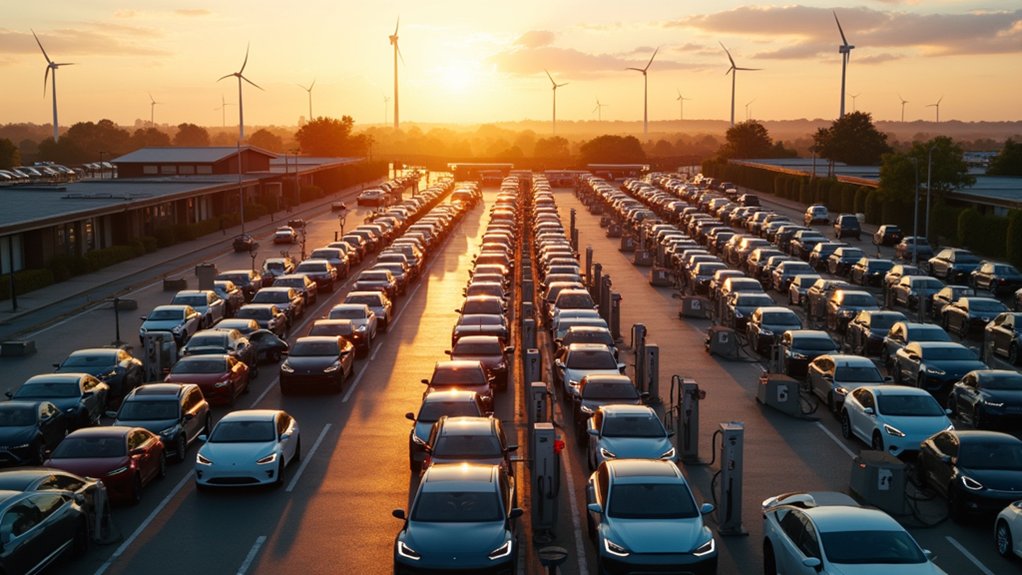
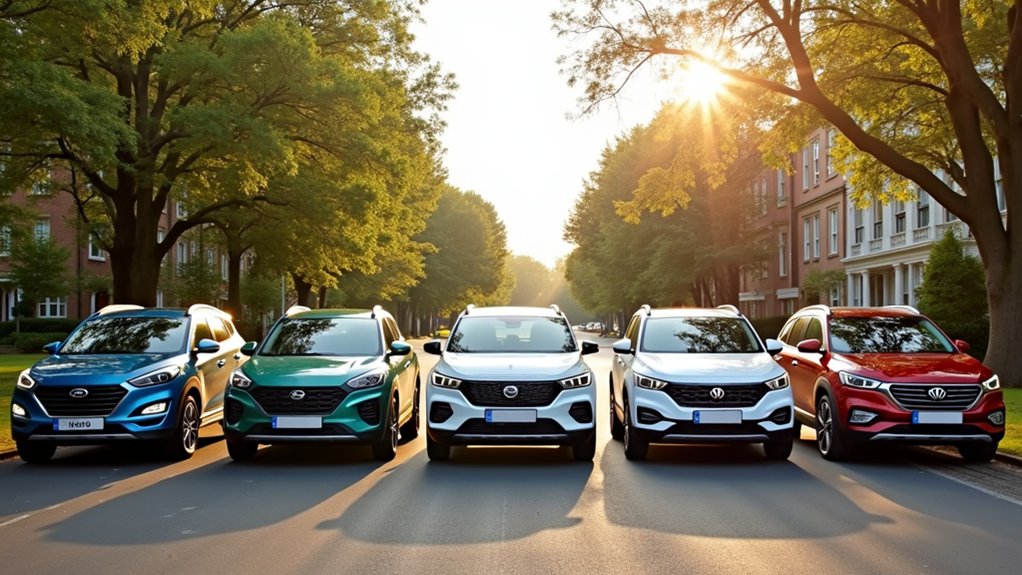

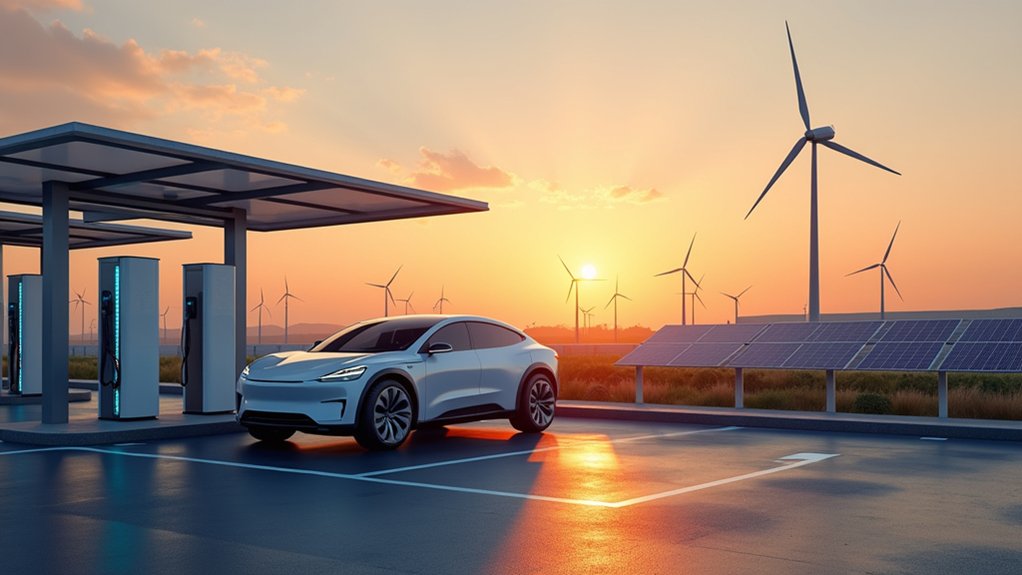
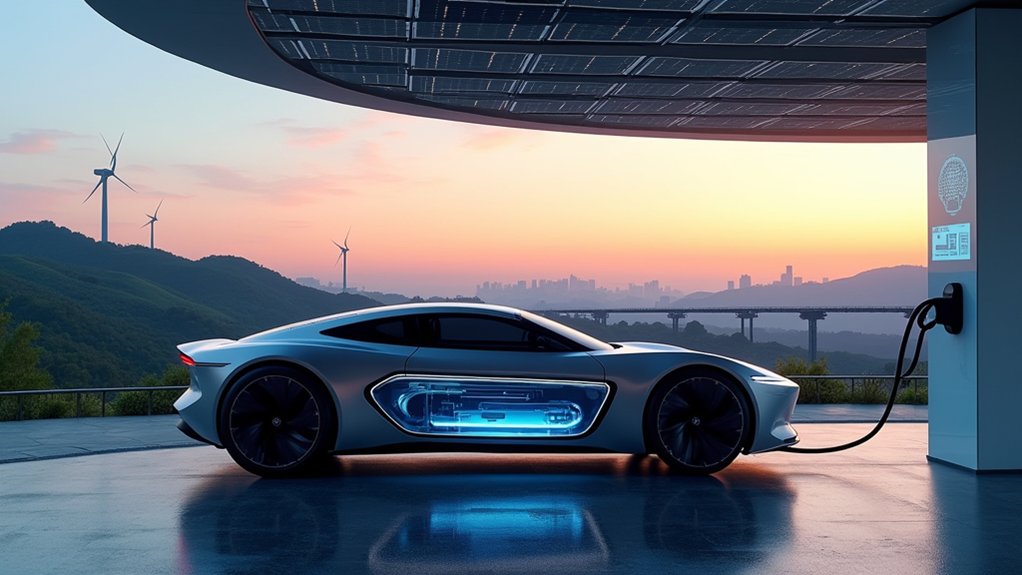
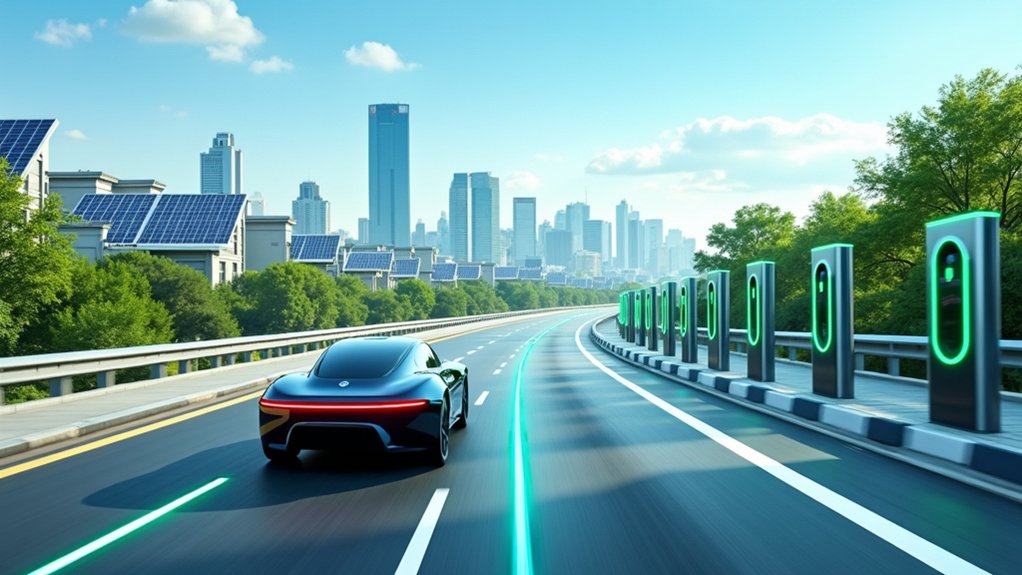


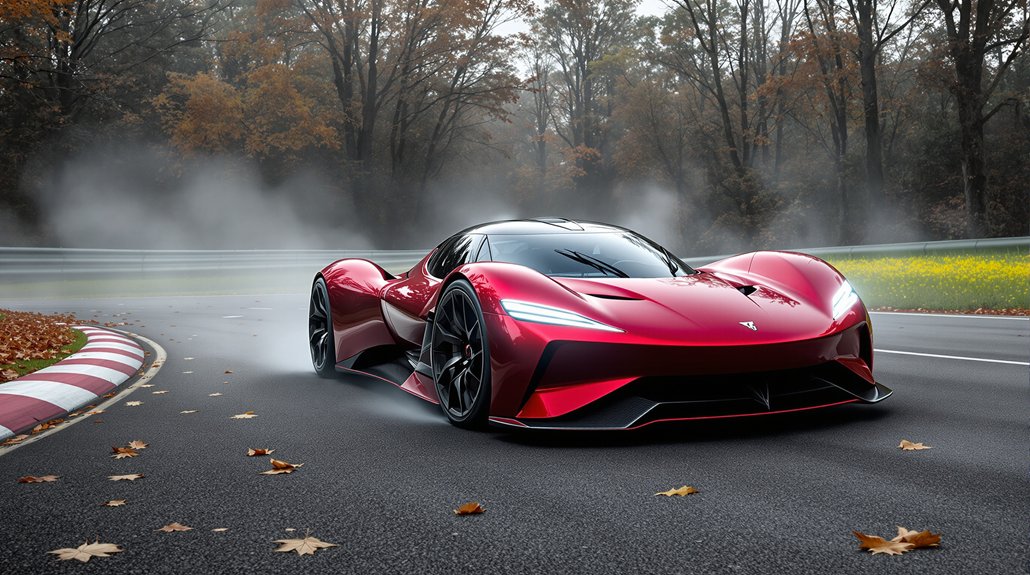
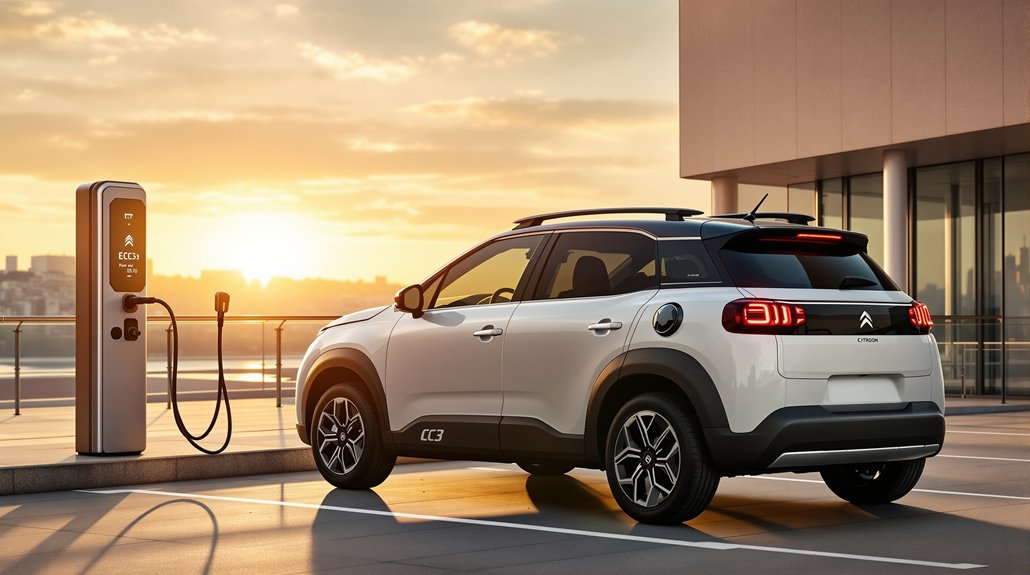
6 comments